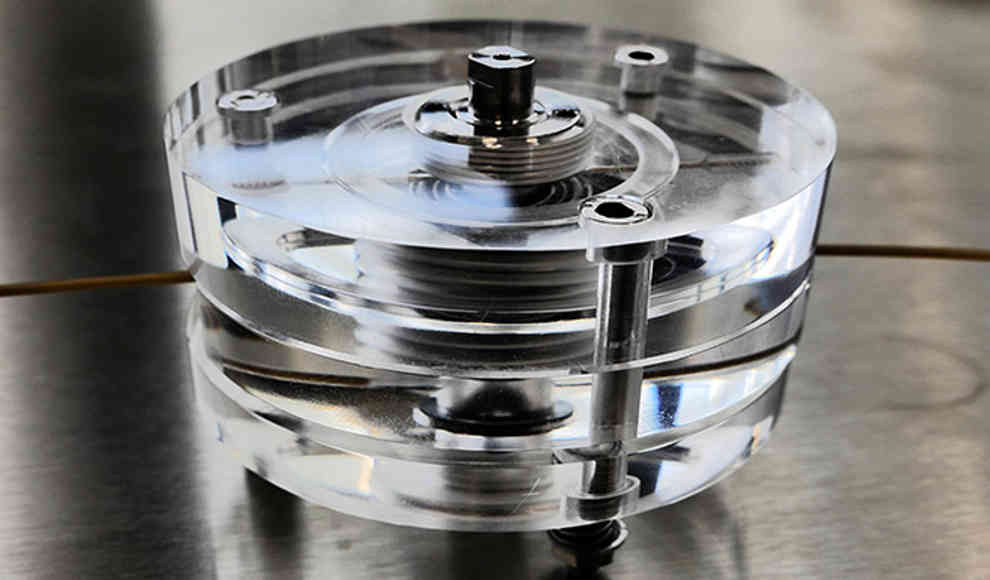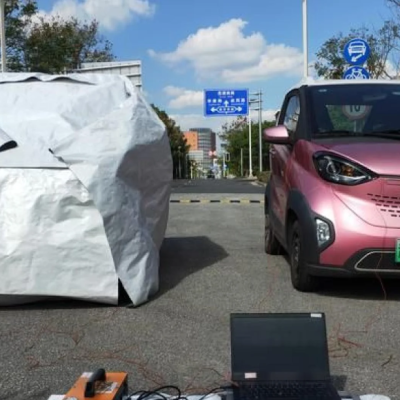A major problem with silicon-air batteries, which have the potential to increase the range of electric cars by five times, has been solved by researchers. This breakthrough is a significant step towards perfecting a battery that is both cost-effective and powerful. Unlike traditional lithium-ion batteries, silicon-air batteries can store five times more energy. However, until now, they have had a major drawback: they were extremely short-lived. Scientists at the Jülich Research Center in Germany have now discovered why this was the case and have found a solution to the problem.
The Jülich Research Center is one of the largest research facilities in Europe, and its scientists have been working for years to improve silicon-air batteries. The problem was that the battery would stop releasing stored energy after just a few dozen hours. However, the advantages of a long-lasting silicon-air battery are so great that the researchers persisted in their efforts until they finally achieved a breakthrough. In comparison to traditional lithium-ion batteries, silicon-air batteries are made from air, silicon, carbon, a small amount of nickel, and polytetrafluoroethylene (also known as Teflon) – all of which are inexpensive and readily available.
For a while, the researchers at Jülich were on the wrong track, suspecting that the short lifespan of the batteries was due to corrosion. They experimented with different electrolytes to see if they were suitable, whether a protective layer formed spontaneously on the silicon anode, or if there was a problem with the air electrode. However, none of these experiments produced satisfactory results. It was only with the use of ionic liquids, specifically potassium hydroxide dissolved in water, that an improvement was achieved. However, this electrolyte is consumed by the battery during operation, so the researchers developed a pump to regularly inject new electrolyte into the battery to keep the silicon anode in contact with it.
According to Hermann Tempel, one of the researchers involved in the project, the battery is not yet suitable for everyday use. Not only does the electrolyte fluid need to be regularly refilled, but the silicon also breaks down over time, requiring the anode to be replaced. Nevertheless, these findings are the first step towards further development, and researchers are looking for ways to successfully suppress the battery’s self-discharge.










